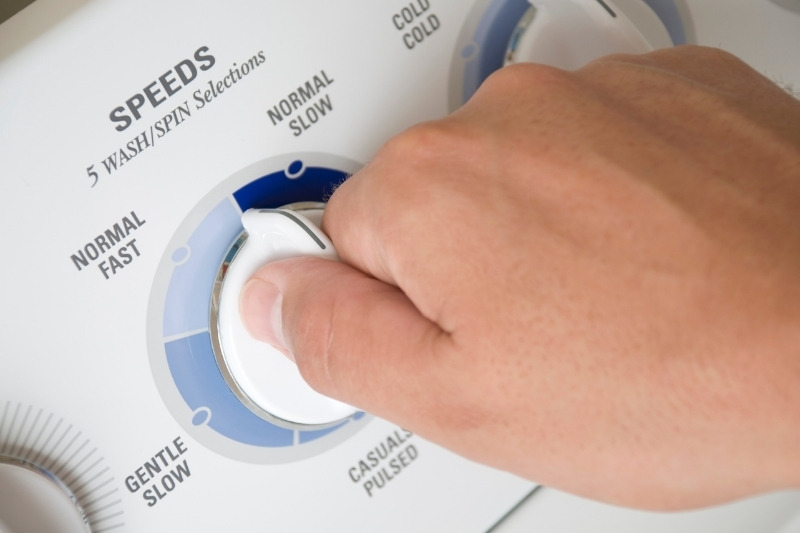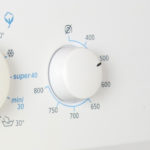There are different spin speeds on a washing machine and each of these is designed for various types of clothes. But what is a good spin speed for a washing machine? It can be hard to know what the right speed is with so many options to choose from.
Some factors to consider include how large your load is, what type of fabric you are washing, and how dry you need your clothes to be after a cycle. Here we will explore some of the different options out there and help you determine what would be the best choice for your needs.
What’s the Best Spin Speed for Washing Machines?
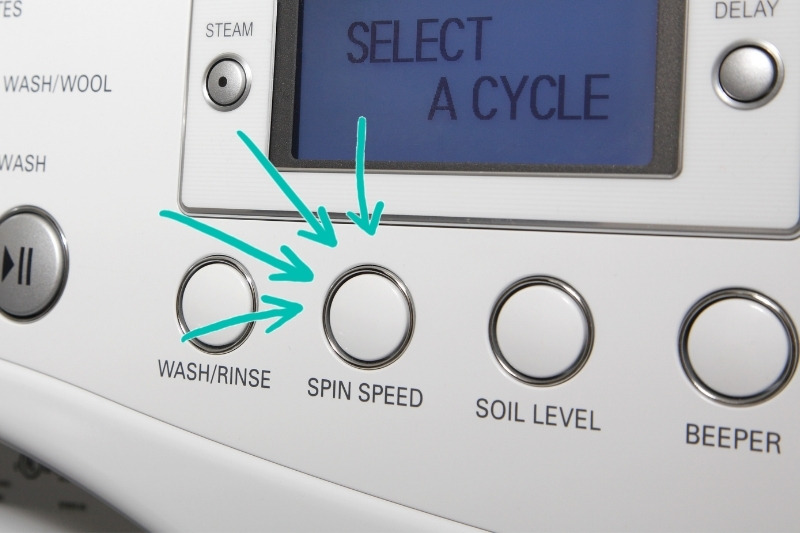
What is a good spin speed for a washing machine? The ideal speed you should use varies and depends on the fabric you’re washing.
Many people believe that a higher spin speed means cleaner clothes, but that is not always the case. In fact, using a higher spin speed can damage clothing and make it more difficult to remove stains.
When it comes to choosing the best spin speed for your washing machine, there are a few things to keep in mind. First, consider the type of fabric you will be washing. Delicate fabrics should be washed on a lower spin setting to prevent damage, while heavier fabrics can handle a higher spin speed.
Second, think about the size of your load. A larger load will need a longer cycle time to ensure that all of the clothes get clean. Lastly, pay attention to the settings on your washing machine. Some machines have different settings for different types of fabric, so be sure to choose the correct setting for your load.
By taking these factors into account, you can ensure that your clothes come out clean and undamaged.
Does the Speed Really Matter When Washing?
The answer to this question may not be as simple as a yes or no. While the speed of the washer can affect how clean your clothes get, there are other factors to consider as well. For example, if you have a small load of only lightly soiled clothes, a high-speed cycle might be overkill.
On the other hand, if you have a large load of heavily soiled clothes, a lower-speed cycle might not get the job done. In general, though, higher-speed cycles are more effective at removing dirt and stains.
Measuring spin speed is in RPM (revolutions per minute). The higher the spin RPM, the faster the washing machine’s drum turns, the drier your clothes will get and the more agitation there will be.
Ideally, you should spin clothes as fast as possible but with fabrics such as silk, they need a lower spin speed due to the higher chance of damage. For the likes of towels, they can cope with much higher speeds and need that rapid rotation to get rid of any excess water.
Ideal Spin Speed for Different Kinds of Clothing
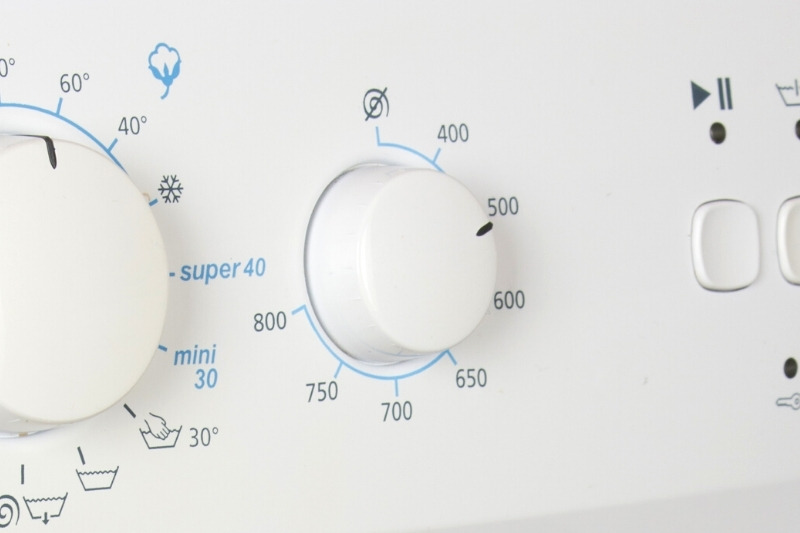
Your washing machine will provide the option to change its wash speed depending on the clothes you’ll add to the cycle. Remember, most washing machines have a standard speed of 1200 or 1400 RPM. That means you’ll only need to change if you have specific clothes that shouldn’t use that wash speed.
Wool
When it comes to washing wool, the key is to use a gentle cycle with a low spin speed. This will help to prevent the wool from felting or shrinking. While different washing machines have different settings, a good rule of thumb is to use a spin speed of 600-800 RPM.
Cotton
You can wash cotton on the highest spin cycle. So, if you’re washing a load of cotton garments, you can set the speed to 1400 RPM. Washing cotton garments requires high agitation. Items like clothes, bedsheets, and towels need to be shaken more for excellent cleaning.
Denim
Denim can handle higher speeds and is often necessary since the quicker spin ensures there’s less water left in the material. It also allows faster drying and won’t stay damp for too long. An 800-1,000 RPM is usually a good figure for denim.
Silk and Other Delicates
Silk is a delicate type of fabric and needs special care when cleaned in a washing machine. Keep the lowest possible speed which would be 400 RPM. This applies to any other type of delicate material.
Synthetic
When it comes to synthetic fabrics, an ideal spin speed is around 800-1,000 RPM. This speed is fast enough to remove most of the water from the fabric without damaging the fibres.
Conclusion
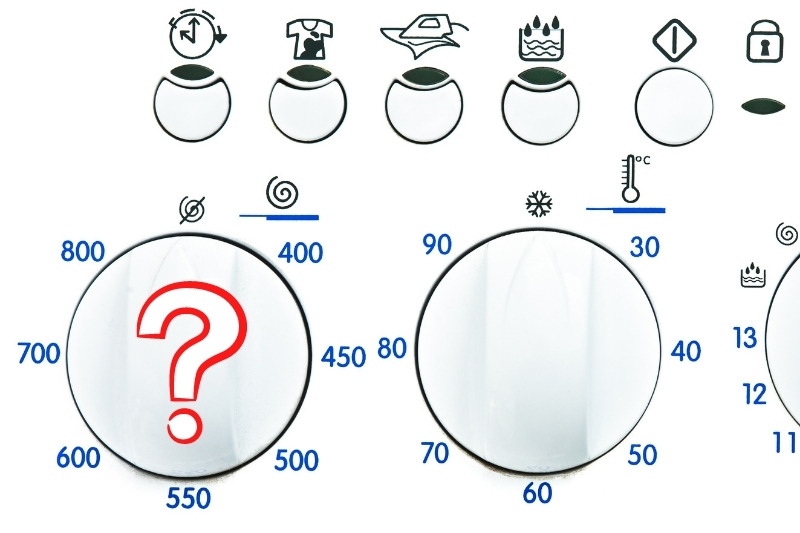
Most machines can automatically change their RPM depending on the cycle option that you set. That means if you select the “cotton cycle”, the machine will probably run at 1,400-1,600 RPM. For delicates, it will automatically spin at 400 RPM.
If your machine doesn’t automatically adjust, then make sure that you follow the guidance above. Higher spin speeds are great for better stain and moisture removal but can damage clothes. A good spin speed depends on many factors so ensure you take them into account before you hit that start button.

I’m a mother of three who loves going on fun adventures with my family. With three little ones, I’ve learned the hard way how to keep a busy home clean! I want to share my tips and tricks to make your life as easy as possible.
